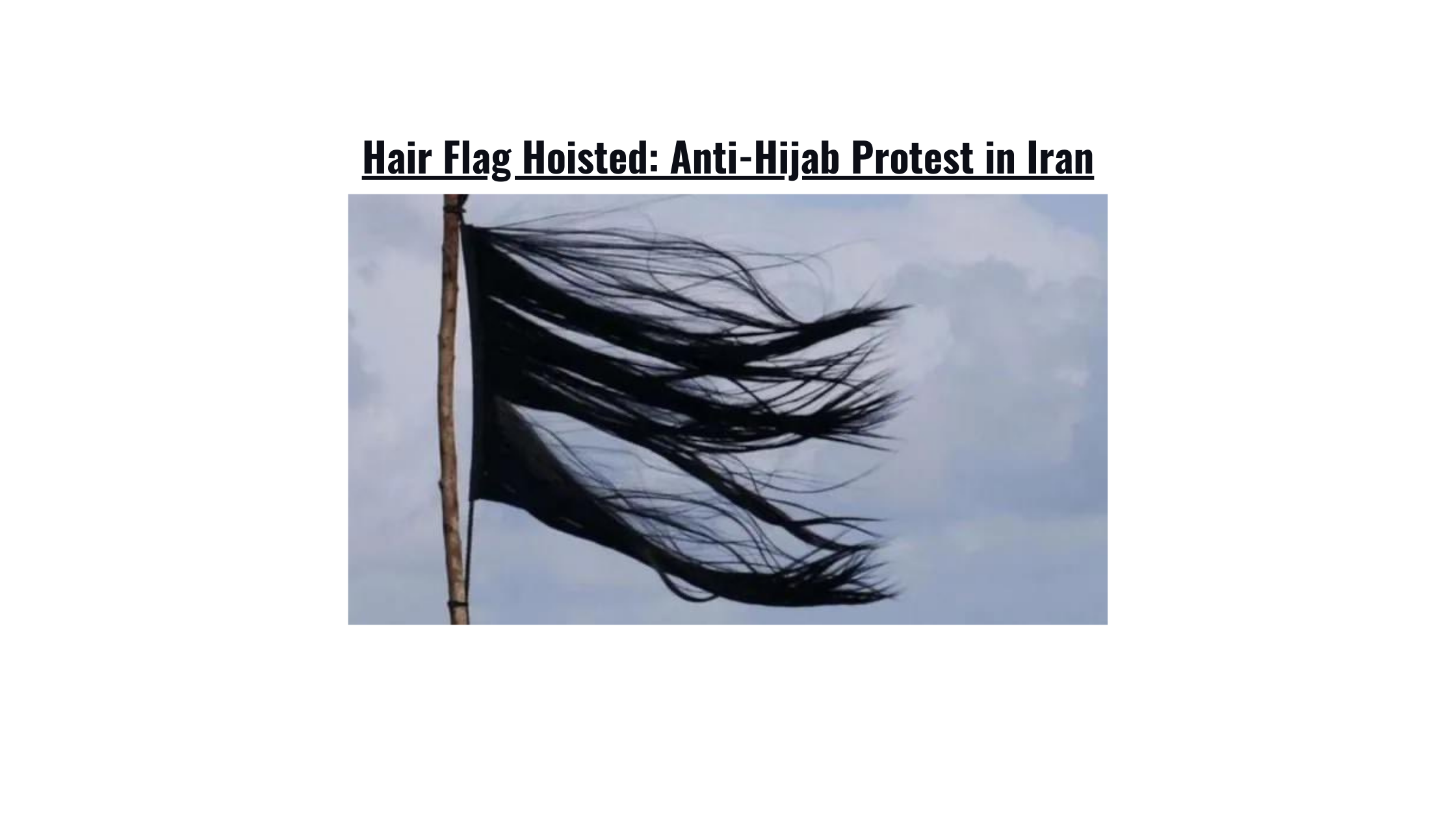Social media was abuzz with videos of women chopping their hair in Anti-Hijab Protest in Iran. The death of 22-year-old Mahsa Amini has sparked nationwide protests in what is being termed a revolutionary women’s movement. Women have taken to the streets protesting, burning hijab and chopping their hair off in solidarity to the death of Amini in the custody of “morality police”. The incident comes to light after Iran’s recent change in the hijab and chastity law, that enforces a code of conduct on Iranian women on their clothing, among other things.
What Happened to Mahsa Amini ?
Although Iranian authorities maintain that Amini succumbed to a heart attack, there are reports that suggest that she had been tortured while in police custody. She was accused of violating the “rules” on hijab and was taken into custody for the “improper manner” of wearing a hijab. The anger on the part of the protesting women and women standing in solidarity with these protests is on dictating women’s way of living and on curbing their liberty and freedom. In overcoming fear and taking to the forefronts of these protests against gender apartheid are scores of women challenging those in authority over their rights. As protests spread, it points toward an important question that was raised during the Beijing Platform for Action (BFfA) adopted as a resolution towards the end of the Fourth World Conference on Women on 15 September 1995. This resolution was a set of principles indicative towards the equality of men and women. It focused on 12 critical areas of focus, with Violence against Women (VAW), one among these. Predating the BPfA, was the 1993 Declaration on the Elimination of Violence against Women, which defined violence against women as –
“any act of gender-based violence that results in, or is likely to result in, physical, sexual or psychological harm or suffering to women, including threats of such acts, coercion or arbitrary deprivation of liberty, whether occurring in public or private life.”
Decades have passed since, despite ratification, the propensity of increasing instances of VAW, restrictive laws binding women and their bodies are modes of establishing control over women and their sexuality since time immemorial. It is to note that women captured in the ‘male gaze’ are incessantly objectified and held accountable for violence perpetrated against them – a straight denial of fundamental rights to women. This incident sends ripples to another historical event on 13 February, 1986, when Iqbal Bano appeared in front of a crowd of 50,000 audience to perform one of Faiz’s most popular nazm, Hum Dekhenge wearing a black saree. One must think why would this act of performing be a form of protest and be called revolutionary. The answer lies in the Zia-ul Haq’s regime banning of Faiz, his works, the black saree – all flouted by Bano in a single act of defiance. Women and their clothing are a deeply personal choice, being dictated on what, where, in what measure to cover or to let loose is best left to her discretion. Also Read: Feminist Movement of 2020
Anti-Hijab Protest in Iran & The Revolutionary Women’s Movement
Although the current movement may appear to be unprecedented, it is actually a part of Iran’s longstanding and deeply ingrained resistance movement by women. The hijab was intended to be legally binding in 1981, which was largely viewed as a punishment for the hundreds of women who took part in the anti-regime demonstrations that preceded the Iranian Revolution of 1979. To confront the ongoing issue of impunity in Iran, world leaders must support calls at the UN General Assembly for the creation of an independent international investigative and accountability agency. Reports by Amnesty International, and Spokesperson for the UN High Commissioner for Human Right, Ravina Shamdasani express concerns over the shutdown of telecommunications channels in Iran because of which there is a lack of clarity in ascertaining the gravity of violence being inflicted upon protestors by Iranian forces. While both sources list a number of horrific and verified instances of violation of human rights, it is difficult to put a number of these casualties and arrests. The raging protests in close to 80 countries are filled with the “Jin Jiyan Azadi” (Women Life Freedom) chants on the streets. Several years before, a popular social media movement where people drew semi-colon symbols and posted their pictures in solidarity with those who have dealt with mental health issues, particularly suicide. It was a representation of a life that could’ve been ended but was chosen not to, instead choosing to struggle despite odds, and taking the life’s narrative in their hands. Women in history written by men are semi-colon in the grand narratives about revolutions and women’s participation in it. Sometimes, at high odds of being written off entirely like a second grade citizen, symbolic of an untimely death of women’s autonomy in these protests. Today what we are witnessing in anti-hijab protest in Iran, are women choosing to move beyond this semi-colon by seizing the narrative and writing their own histories and destinies, to be able to break the shackles of state monopolies. I read somewhere that women are mostly seen as an afterthought of a revolution and rarely as trailblazers, history is on its way of changing course for sure.

